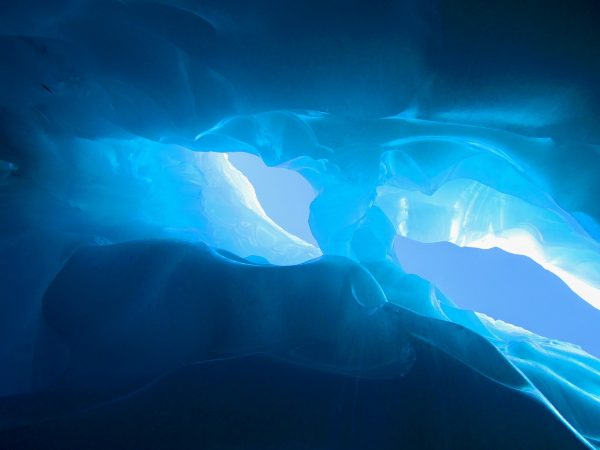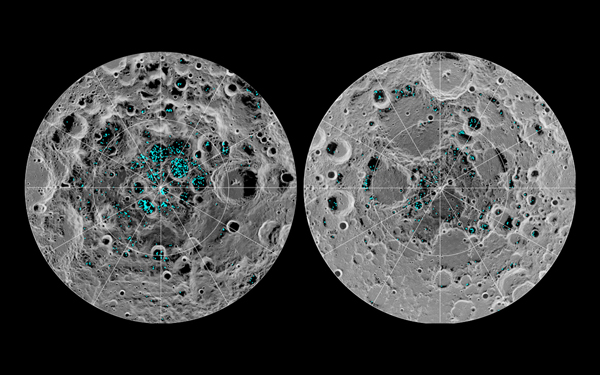A Quarter of West Antarctic Ice Might Collapse – Live Science
Glaciers and ice sheets in Antarctica have thinned and weakened dramatically over the past quarter-century, leaving 24% of the ice in the western part of the continent seriously weakened and in danger of collapse. In some places on Antarctica, glaciers have thinned by approximately 400 feet (122 meters). This staggering loss has little to do with weather fluctuations; rather, it unfolded over decades as Earth’s climate warmed, scientists reported in a new study. And that ice loss is accelerating. The researchers found that West Antarctica’s two biggest glaciers — Thwaites and Pine Island — are melting away five times faster … Read more





